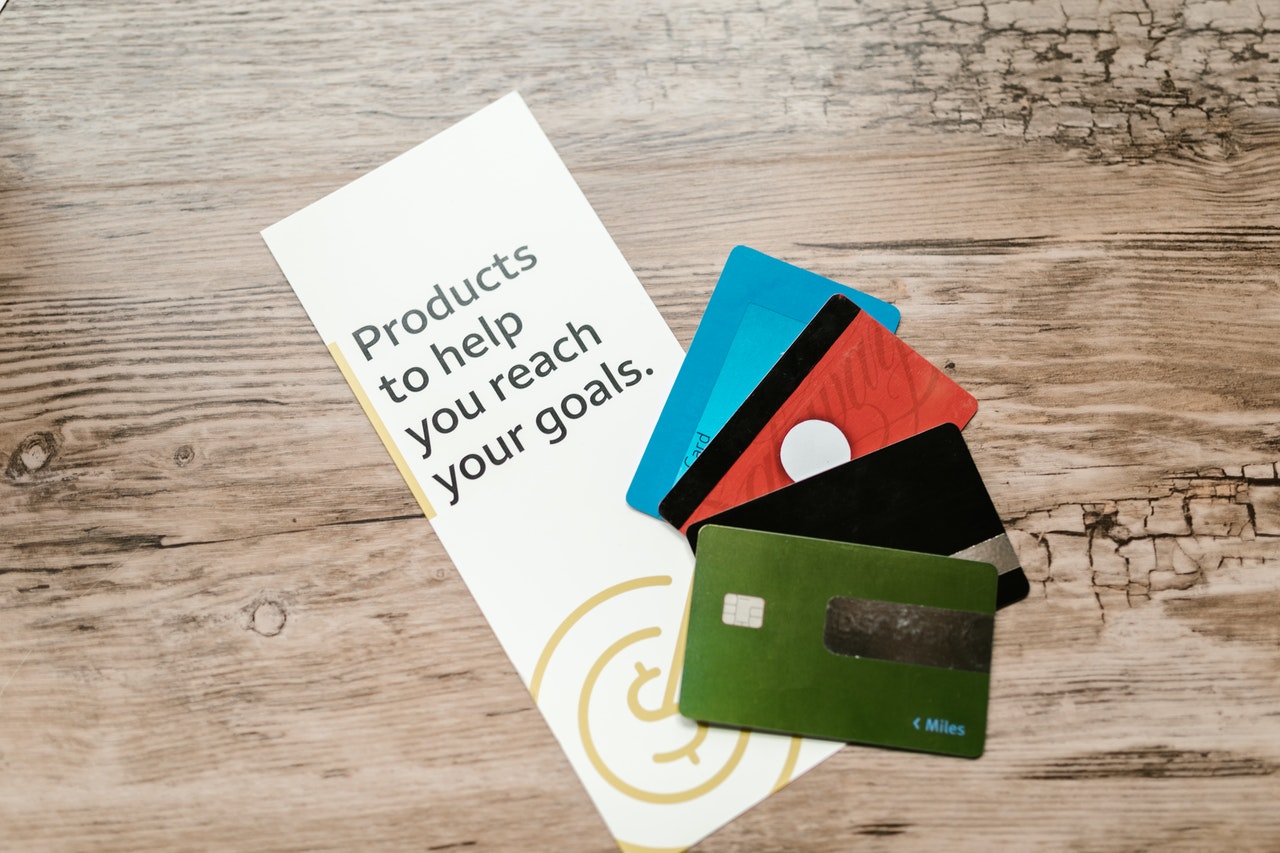Every credit card user is likely to end up in debt at one point or another. While credit cards are undoubtedly handy and sometimes even life-saving, they can easily drag your finances down if you are prone to impulse purchases and overspending.
Getting rid of your credit card debt is not impossible, but it is also not something you can do overnight. It takes planning, strategizing, and determination. There are several methods for paying off your credit card debt, so let’s explore the ups and downs of each:
Methods for Paying Off a Credit Card
1. Consolidating Debt

This is the most common tactic for working towards a debt-free life. Debt consolidation is the process of replacing multiple debts with a single loan. There are several advantages to this method if done right.
First of all, the consolidation loan must have a lower interest rate than your current debt. If you can’t find a loan that fits the bill, then it’s unwise to go the consolidation route, as you’ll be spending more in the long run, which is not what you should be after.
There is also the fact that, instead of having a bunch of debts to pay off, you’ll end up with a single payment. You’ll be using the loan’s funds to pay off your credit card debts, so once you pay off that loan, you’ll be done. Simplifying your finances is an excellent strategy in general, not just for credit card debt. It makes keeping track of how much exactly you need to pay off much easier.
However, getting a consolidation loan isn’t always easy. Having a lower credit score – which is often the case with credit card debt – may completely lock you out of the desired loan or get you one that won’t suffice to clear your original debt. This method only works if the loan can cover all expenses and has a lower interest rate.
2. Snowball and Avalanche Payment Methods
Instead of trying to pay all of your debts at once, you might want to tackle them one by one. This is done through so-called snowball and avalanche methods. The two options work in opposite directions, but their core principle stays the same – paying off credit card debts one by one until you are in the clear.
The snowball method is arguably simpler to put into practice. It also offers more short-term gratification, so those motivated by “small victories” might be well-suited to it.

The idea is to focus on the smallest debt you have and pay that off first, then move on to the next smallest debt, and continue on that path until you pay off every debt you have. Along the way, you are paying minimums for all other credit card debts, while the debt you are focusing on should get a higher payment rate.
Once you are done, you take the money you were supposed to pay for that debt and pass it on to the next, as if you are rolling a snowball down the hill.
On the other side of the spectrum, the avalanche method is about taking on your biggest debt, with the highest interest, first and working towards the bottom. The principle is the same – paying off more than the minimum for the highest debt while keeping all other payments at bay.
This method is ideal for when you want to get rid of high-interest debts first. It’s harder, but it will save you more money than the snowball method, as the interest won’t have as much time to compound.
Whichever method you go for, the main idea is to sort through your credit card accounts and then use whatever you used to pay for the smallest or biggest debt towards the next payment and so on. Obviously, you’ll want to avoid incurring any additional expenses on those credit cards while you are paying them off.
3. The Balance Transfer Method
The final method for paying off your credit cards involves some juggling of funds and a lot of math along the way. The planning phase is similar to the snowball or avalanche routes: Organizing all your debts in ascending or descending order and avoiding using credit cards you owe money for. On top of that, write down whether there are any transfer fees for each of the cards.
Now that you have it all on paper, the only thing left to do is transfer your balance from your high-interest cards to those with lower interest rates. Ideally, you’ll move all your debt to the cards whose introductory zero per cent APR period is still in effect. By using this tactic, you’ll avoid paying interest rates for those new cards and clear off your debt along the way.
Of course, this only works if the balance fees don’t eat up any money you would be saving by transferring payments around. This is something of a DIY debt-consolidation solution, but it might work out better than an official loan sometimes.
The Game Plan

Now that you are familiar with the most common credit card payoff strategies, here is some additional advice on how to plot your course of action.
Sure, it is always best to pay off every credit card charge in a given month, but at a time when consumer debt is at record highs, outstanding balances are increasingly common. That said, there is no room for inaction. Remember, your debt is costing you money.
So, the first thing you’ll need to do is organize your debts to get a clearer picture of your financial situation. This will help you track your progress and prioritize payments. Start by writing down every debt on every credit card you own – not just the total amounts you, but the interest rates and the minimum monthly payments you need to make for each one.
Next, you’ll want to pause your spending. Identify discretionary areas and eliminate or delay sizable or annual expenses while you are paying off the debt. Taking the cards out of your wallet and sticking exclusively to cash might also help.
Speaking of expenses, it is critical that you track what you are spending your money on during the first few weeks of your regimen. This will help you map out your spending habits and enable you to start allocating some of your cash to an emergency fund.
When dealing with credit card debt, every penny saved helps in the long run. But perhaps, more importantly, the savings will act as a nice cushion in case you lose your job or find yourself in an unforeseen crisis.
Once you know what you need to change to meet your repayment goals, it is time to pick one of the aforementioned strategies. Stick to a strategy that is suitable for your individual circumstances and one that you are certain you’ll be able to see through to the end. There is no shortage of people willing to give advice, but only you can guarantee the applicability and accuracy of specific methods in your quest to become debt-free.
Potential Pitfalls to Avoid

Aside from avoiding debt and making timely payments, there are a few more things to take note of when settling outstanding balances. Depending on the bank that issued your card and the exact nature of the debt, you might need to continue using the same card even while you’re trying to clear the balance.
That’s because of something called the debt-to-credit ratio, a measure of used vs. available credit. This basically means that you shouldn’t have underutilized credit, as that signals to the bank there is inactivity.
Furthermore, this will cause your credit limit to decrease and, in extreme cases, the bank to close down your credit line altogether. According to recent reports, the percentage of decreased credit limits rose during the pandemic.
So, just in case, you should use your credit card from time to time to make small, easy-to-cover purchases. This helps you maintain your credit limit and, in most cases, improves your credit score, so it is a win-win situation. Of course, everything covered above still stands, especially the part about eliminating large annual expenses.
Whichever method you go for, always plan ahead and avoid defaulting on any debts you have. Credit card debt is certainly unwieldy, but it is not impossible to clear.

I am Adeyemi Adetilewa, the Editor of IdeasPlusBusiness.com. I help brands share unique and impactful stories through the use of online marketing. My work has been featured in the Huffington Post, Thrive Global, Addicted2Success, Hackernoon, The Good Men Project, and other publications.

